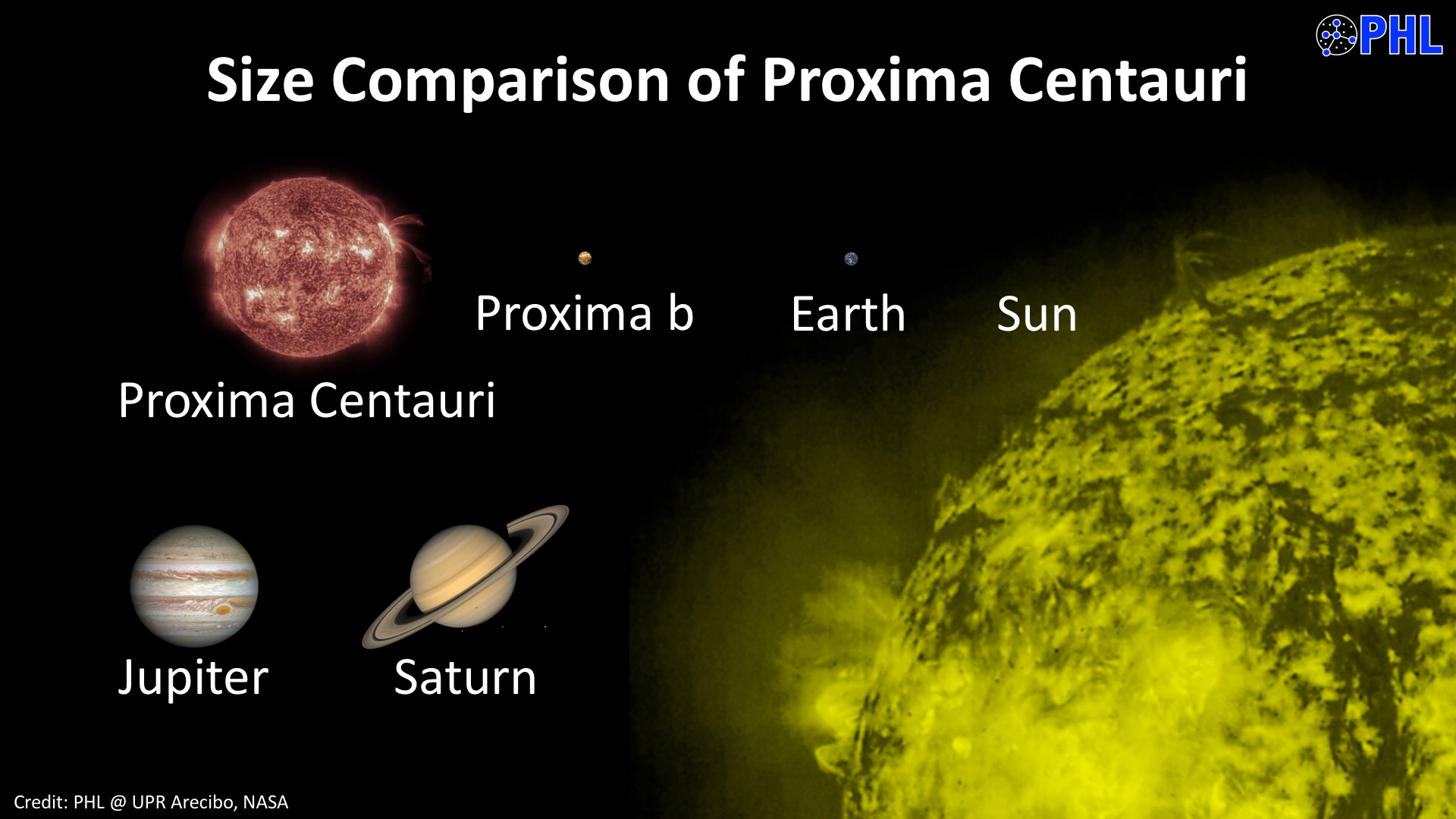Intergalactic travel is the term used for hypothetical manned or unmanned travel between galaxies. Due to the enormous distances between our own galaxy the Milky Way and even its closest neighbors

The technology required to travel between galaxies is far beyond humanity's present capabilities, and currently only the subject of speculation, hypothesis, and science fiction.
The difficulties of intergalactic travel
Due to the size of the distances involved any serious attempt to travel between galaxies would require methods of propulsion far beyond what is currently thought possible in order to bring a large craft close to the speed of light.
According to the current understanding of physics, an object within space-time cannot exceed the speed of light, which means an attempt to travel to any other galaxy would be a journey of millions of earth years via conventional flight.
Manned travel at a speed not close to the speed of light, would require either that we overcome our own mortality with technologies like radical life extension or traveling with a generation ship. If traveling at a speed closer to the speed of light, time dilation would allow intergalactic travel in a timespan of decades of on-ship time.
Additional constraints include the variety of unknowns regarding the durability of a spaceship for such complex travel. Fluctuating temperatures as in the warm-hot intergalactic medium could potentially disintegrate future spacecraft if not properly shielded.
These challenges also mean a return trip would be very difficult. Therefore, all future studies on the risks and feasibility of intergalactic travel would have to include a wide range of simulations to increase chances of a successful payload.
Possible methods
Extreme long-duration voyages
Hypervelocity stars
Theorized in 1988, and observed in 2005,there are stars moving faster than the escape velocity of the Milky Way, and are traveling out into intergalactic space. There are several theories for their existence. One of the mechanisms would be that the supermassive black hole at the center of the Milky Wayejects stars from the galaxy at a rate of about one every hundred thousand years. Another theorized mechanism might be a supernova explosion in a binary system.
These stars travel at speeds up to about 3,000 km/second. However, recently (November 2014) stars going up to a significant fraction of the speed of light have been postulated, based on numerical methods. Called Semi-Relativistic Hypervelocity Stars by the authors, these would be ejected by mergers of supermassive black holes in colliding galaxies. And, the authors think, will be detectable by forthcoming telescopes.
Stellar engines
Time dilation
While it takes light approximately 2.54 million years to traverse the gulf of space between Earth and, for instance, the Andromeda Galaxy, it would take a much shorter amount of time from the point of view of a traveler at close to the speed of light due to the effects of time dilation; the time experienced by the traveler depending both on velocity (anything less than the speed of light) and distance traveled (length contraction). Intergalactic travel for humans is therefore possible, in theory, from the point of view of the traveller.
Accelerating to speeds closer to the speed of light with a relativistic rocket would allow the on-ship travel time to be drastically lower, but would require very large amounts of energy. A way to do this is space travel using constant acceleration. Traveling to the Andromeda Galaxy, 2 million light years away, would take 28 years on-ship time with a constant acceleration of 1g and a deceleration of 1g after reaching half way, to be able to stop.
Going to the Andromeda Galaxy at this acceleration would require 4 100 000 kg fuel per kg payload using the unrealistic assumption of a 100% efficient engine that converts matter to energy. Decelerating at the halfway point in order to stop dramatically increases the fuel requirements to 42 trillion kg fuel per kg payload. This is ten times the mass of Mt Everest required in fuel for each kg of payload. As the fuel contributes to the total mass of the ship, carrying more fuel also increases the energy required to travel at a certain acceleration and extra fuel added to make up for the increased mass would further contribute to the problem.
The fuel requirements of going to the Andromeda Galaxy with constant acceleration means that either the payload has to be very small, the spaceship has to be very large or it has to collect fuel or receive energy on the way through other means.
Possible faster-than-light methods
The Alcubierre drive is a highly hypothetical concept that is able to impulse a spacecraft to speeds faster than light (the spaceship itself would not move faster than light, but the space around it would). This could in theory allow practical intergalactic travel. There is no known way to create the space-distorting wave this concept needs to work, but the metrics of the equations comply with relativity and the limit of light speed.


